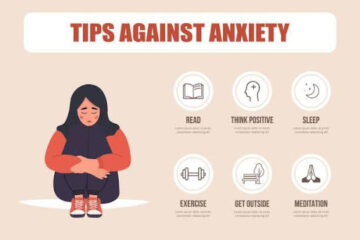Oral care often begins with habits like brushing and flossing, but long-term protection starts in the dentist’s chair. A routine dental exam can reveal far more than cavities or plaque buildup. These visits offer a window into broader health concerns, including signs of infection, inflammation, or systemic disease. While many people schedule exams only when something feels wrong, regular visits play a key role in detecting and managing issues before they escalate. When oral health is closely monitored, other parts of the body benefit as well.
Detecting Gum Disease Early
Gum inflammation may begin with mild redness or bleeding but can develop into more serious conditions without timely care. A dental exam allows providers to check for early signs of gum recession, pocket formation, or infection. Catching these changes before they progress reduces the likelihood of tooth loss or chronic discomfort. In advanced stages, gum disease has been linked to increased inflammation throughout the body. Early detection makes it possible to manage symptoms through cleanings, medications, or changes in home care habits.
Dentists routinely examine the tongue, lips, cheeks, and throat for unusual patches, sores, or discoloration that could signal early stages of oral cancer. This screening is especially relevant for individuals who smoke, drink alcohol frequently, or have a family history of cancer. During a dental exam, the provider may gently palpate lymph nodes and surrounding tissues to check for swelling or firmness. While these checks take only a few minutes, they offer a critical opportunity to catch abnormalities before they progress.
Uncovering Signs of Systemic Conditions
Conditions such as diabetes, anemia, or autoimmune disorders sometimes show early signs in the mouth. Frequent infections, delayed healing, or dry mouth may point to an underlying concern that hasn’t yet been diagnosed. Dentists may also notice changes in tissue color, tongue texture, or salivary flow that prompt referrals to other specialists. A dental exam becomes more than a local check-up—it serves as an early warning system that connects oral health to the rest of the body. For some, these visits lead to earlier diagnosis and more timely treatment.
Cavities often form silently, especially between teeth or under existing fillings. Left unchecked, decay may spread into the inner layers of the tooth and lead to infection or abscess. A dental exam allows providers to spot weak areas before they become painful or require root canal treatment. Diagnostic tools like digital X-rays support a closer look at spots that aren’t visible during brushing. Treating decay early prevents more extensive procedures and helps preserve natural tooth structure over time.
Uneven bite patterns or jaw issues can contribute to headaches, clenching, and enamel wear. A dental exam gives the provider a chance to check for signs of misalignment, grinding, or changes in bite over time. These issues may stem from stress, sleep apnea, or missing teeth, and they often worsen without attention. Addressing them early may involve simple solutions like a mouthguard, physical therapy, or orthodontic referral. When the bite functions properly, chewing, speaking, and daily comfort all improve.
Schedule a Dental Exam
One of the greatest benefits of a regular dental exam is the ability to prevent larger health issues by catching problems early. Minor cracks, damaged fillings, or slight shifts in alignment can be monitored and managed before they lead to pain or complications. Patients who keep up with scheduled exams are more likely to avoid emergency visits and benefit from lower overall treatment costs. The long-term value of these appointments becomes clear in the form of stable oral health and a reduced risk of related conditions.



